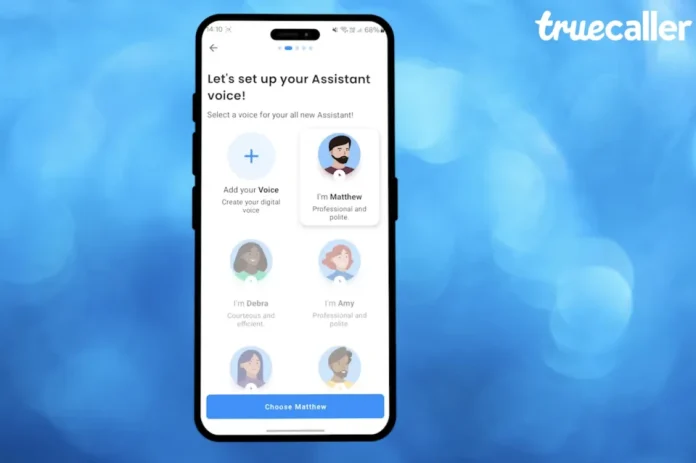Outsourcing software development has become an increasingly popular avenue for businesses seeking to enhance their technological capabilities without the overhead costs of in-house development. By leveraging global talent, companies can tap into a pool of skilled developers and gain access to new perspectives and innovation. It is crucial for businesses to employ well-defined strategies to mitigate the risks associated with outsourcing such as miscommunication, unclear requirements, or quality issues.
A successful outsourcing strategy starts with clear communication. Establishing effective communication channels ensures that both the company and the outsourced team have a mutual understanding of project goals, timelines, and expectations. It also aids in the smooth transition of project knowledge and aligns all parties on the implementation of changes and handling of unexpected challenges. Managing project progress with regular reviews and checkpoints is vital to keep the project on track and maintain the desired quality.
Ensuring quality in an outsourced software development project demands an emphasis on quality assurance and testing. Best practices suggest that integrating QA processes throughout the development cycle, from the initial stages to the final deliveries, helps in identifying and addressing issues early on. This approach leads to the creation of robust and reliable software solutions that meet client expectations. Among the recommended best practices, outsourcing partners should also structure their operations to effectively handle challenges and adapt to evolving project requirements to assure success.
Read also: Software Development Consulting: Navigating Challenges for Success
Understanding the Outsourcing Process
Outsourcing software development involves strategic planning and a clear understanding of how it integrates with business goals. Companies must learn to differentiate between activities central to their competitive advantage and those that can be managed by external partners.
Evaluating Core vs. Non-core Activities
To maximize the benefits of outsourcing, companies should first identify their core competencies—the areas in which they excel and that are fundamental to their success. Concurrently, non-core activities, which are not integral to the primary business functions and can be handled efficiently by outside experts, should be outlined. This distinction is pivotal for deciding which software development tasks to outsource.
Defining Clear Objectives and Scope
It is imperative for companies to set definitive objectives to measure the success of the outsourcing partnership. Clear goals encompass:
- Project Milestones: Specific outcomes and deadlines.
- Quality Metrics: Standards to ensure deliverables meet expectations.
- Budget Constraints: Financial limits and cost expectations.
To accompany objectives, a detailed scope should be laid out, preventing scope creep and establishing boundaries for the work to be outsourced.
Choosing the Right Outsourcing Model
Selecting an appropriate outsourcing model aligns company objectives with the service delivery. Common models include:
- Project-Based: Ideal for businesses with clearly defined projects and deliverables.
- Dedicated Team: Suited for companies requiring ongoing support for complex projects.
- Staff Augmentation: Allows businesses to temporarily expand their in-house team with external expertise.
Each model offers different levels of control, flexibility, and responsibility distribution, thus they should be considered carefully.
Read also: Custom Small Business Software Development: Tailored Solutions for Unique Needs
Executing the Outsourcing Strategy
Successful outsourcing of software development hinges on meticulous planning and execution of key strategic elements. This section outlines the crucial steps an organization should take to ensure a seamless integration of an outsourced team into their project development cycle.
Selecting the Right Vendor
To select an apt vendor, organizations should evaluate potential partners based on specific criteria, including technical expertise, industry experience, and past project successes. It is advisable to request and review case studies, client testimonials, and coding samples. Softkraft, for example, could be evaluated on these aspects to determine if they align with the project’s needs.
Establishing Effective Communication Channels
Clear communication is essential. Companies should establish defined protocols for regular updates and checkpoints between their in-house teams and the outsourcing partner. The use of collaborative tools should be implemented to facilitate seamless interaction, ensuring all stakeholders are in sync.
- Tools: Email, Instant Messaging, Project Management Software
- Meetings: Weekly stand-ups, Monthly reviews
Managing Risks and Legal Considerations
Identifying potential risks, including intellectual property concerns and data security, is crucial. Companies must draft comprehensive agreements outlining the scope of work, deliverables, confidentiality clauses, and compliance with relevant laws.
Key Legal Documents:
- Non-Disclosure Agreements (NDAs)
- Service Level Agreements (SLAs)
Maintaining Quality Control
Quality assurance protocols need to be established from the outset. The outsourcing partner should adhere to predefined coding standards and undergo routine code reviews. Incorporating continuous integration and deployment practices will aid in maintaining high-quality output.
Quality Assurance Practices:
- Code reviews
- Automated testing
Performance should be measured against agreed Key Performance Indicators (KPIs). If the KPIs are consistently not met, it may be necessary to revisit the strategy and make adjustments. Documenting all lessons learned helps refine processes for future projects.
KPI Examples:
- Code commits per week
- Bug rates post-deployment
The article was written in cooperation with the experts of SoftKraft – Custom Software Development Company
















